Search
Remove Ads
Advertisement
Summary 
Loading AI-generated summary based on World History Encyclopedia articles ...
Search Results
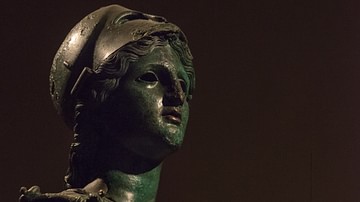
Definition
Minerva
Minerva was the Roman goddess of wisdom, medicine, commerce, handicrafts, poetry, the arts in general, and later, war. In many ways similar to the Greek goddess Athena, she had important temples in Rome and was patron of the Quinquatras festival...

Image
Minerva
A 2nd century CE marble statue of Minerva, the Roman goddess of the arts and warfare. (Capitoline Museums, Rome)
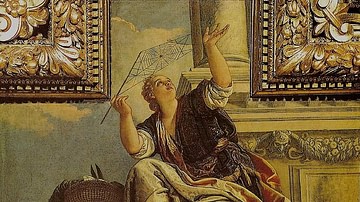
Definition
Arachne
Arachne, from the Greek arákhnē (meaning spider), is a figure in Greek mythology whose talent for weaving was renowned and who famously challenged the goddess Minerva to a weaving competition. As told in Ovid’s (43 BCE-17 CE) Metamorphoses...

Image
Minerva of Arezzo
The 'Minerva of Arezzo' is a bronze Etruscan statue dating to the 3rd-2nd century BCE. (Etruscan Archaeological Museum of Florence)
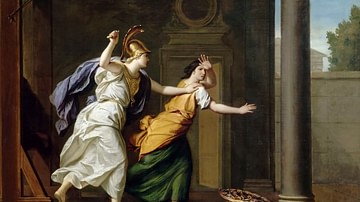
Image
Minerva and Arachne By René-Antoine Houasse
Minerva and Arachne (1706), by French artist René-Antoine Houasse.
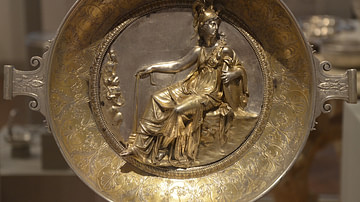
Image
Minerva Silver Cup
The so-called Minerva Bowl, a silver cup from the Hildesheim Treasure (Germany), the largest collection of Roman silver found outside the imperial frontiers, 1st century BCE - 1st century CE (Augustan period). (Altes Museum, Berlin)

Video
Minerva Medica - Ancient Rome Live
The so-called Temple of Minerva Medica, is, in fact, a luxurious heated dining hall constructed in part in a massive residence of the emperor Gallienus.
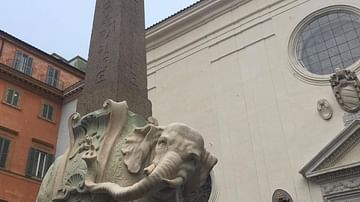
Image
Obelisk at Piazza della Minerva
The obelisk standing in the Piazza della Minerva is the smallest of Rome’s obelisks and it is positioned on the back of an elephant sculpted by Gian Lorenzo Bernini (1598 – 1680 CE). The origins of this obelisk are unknown, but as it was...

Image
The Birth of Minerva
The Birth of Minerva, oil on canvas by René-Antoine Houasse, 1688.
Palace of Versailles.
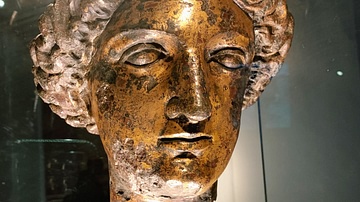
Image
Sulis Minerva
Head from the guilded bronze statue of the goddess Sulis Minerva. The statue would have been standing in the temple dedicated to the goddess in Aquae Sulis (now Bath) in the Roman period (1st - early 5th century CE). Now on display in The...